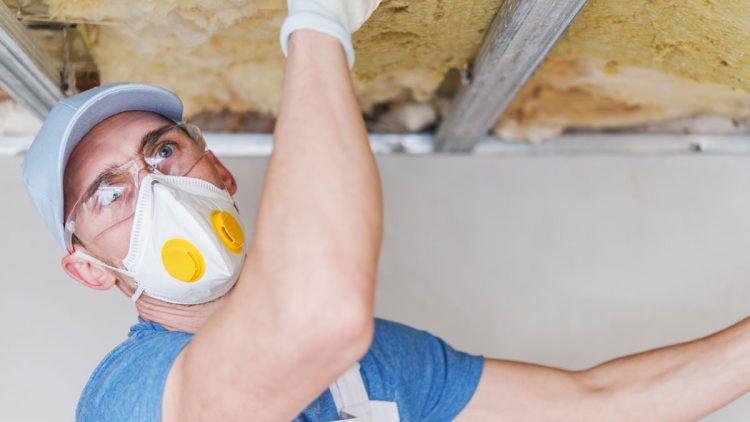How to Remove Attic Insulation
If you’re searching “Attic Insulation” in Phoenix, we can help. Barrier Insulation offers the best attic insulation in Phoenix! Our team knows how to insulate attics the right way for your home. We install the best insulation for Arizona and proudly serve every city in the Phoenix Valley including: Phoenix, Mesa, Chandler, Scottsdale, Glendale, Gilbert, Tempe and more.
Barrier Insulation offers the best attic insulation service in the Phoenix Valley. We offer all the different types of attic insulation to fit every demand and every budget. Insulating the attic is one of the most important areas of the home to insulate to reduce dependency on air conditioning and heating. Read more about the types of attic insulation we offer.
Removing attic insulation can be a physically demanding and sometimes messy task, but it’s necessary if you plan to upgrade or replace the insulation. Here’s a general guide on how to remove attic insulation:
Safety Precautions: Before you begin, make sure to take safety precautions:
- Protective Gear: Wear appropriate safety gear, including gloves, a dust mask, safety goggles, and long-sleeved clothing to protect yourself from insulation fibers and dust.
- Ventilation: Ensure good ventilation in the attic by opening windows or using exhaust fans. Attics can become hot and stuffy, so proper ventilation is important.
- Turn off Electrical: If you have electrical wires in your attic, turn off the power to prevent any accidents while handling insulation.
Tools and Materials: You’ll need the following tools and materials:
- Utility Knife: For cutting insulation.
- Trash Bags: To dispose of old insulation.
- Insulation Vacuum (Optional): If you have loose-fill insulation like blown-in or fiberglass, an insulation vacuum can help speed up the process.
- Scoop or Shovel: For removing insulation.
Steps to Remove Attic Insulation:
- Assess the Type of Insulation: Determine the type of insulation in your attic. Common types include fiberglass batts, blown-in (loose-fill) insulation, or foam board. The removal process may vary depending on the type.
- Prepare the Area: Clear out any items or obstacles in your attic, making it easier to access the insulation.
- Cut and Remove Batt Insulation:
- If you have fiberglass batts, use a utility knife to cut the facing, and gently roll up the insulation. Place the cut pieces in trash bags for disposal.
- Be careful not to compress the insulation, as it loses its effectiveness when compressed.
- Remove Blown-In Insulation:
- If you have blown-in insulation, you can use an insulation vacuum to remove it quickly. Follow the manufacturer’s instructions for using the vacuum.
- Alternatively, you can use a scoop or shovel to remove loose-fill insulation. Carefully scoop it into trash bags for disposal.
- Dispose of Insulation: Properly dispose of the old insulation according to your local regulations. It may need to be taken to a waste disposal facility or recycling center. Check with your local authorities for guidelines.
- Clean the Area: After removing the insulation, it’s a good idea to clean the attic space. Remove any debris, dust, or cobwebs to ensure a clean and prepared surface for new insulation if you plan to replace it.
- Inspect for Damage: While in the attic, inspect the area for any damage or signs of issues like leaks, pests, or inadequate ventilation. Address any problems before adding new insulation.
- Install New Insulation (Optional): If you removed the old insulation with the intention of adding new insulation, follow the installation guidelines for the new insulation material.
Removing attic insulation can be a labor-intensive process, and it’s essential to follow safety precautions and local regulations. If you’re unsure about any part of the process or if your attic has specific challenges, consider consulting with a professional insulation contractor to ensure the job is done correctly and safely.
Is Removing Attic Insulation Dangerous?
Removing attic insulation can be potentially hazardous due to several factors. While it may not be inherently dangerous, there are risks associated with the process, and it’s essential to take safety precautions to minimize these risks. Here are some potential dangers to consider:
- Dust and Particles: Attic insulation, especially fiberglass and loose-fill insulation, can release small particles and dust when disturbed. Inhaling these particles can be harmful to your respiratory system. Wearing a dust mask, safety goggles, and protective clothing can help reduce the risk.
- Allergens: Attic spaces may harbor allergens like dust mites, pollen, and animal dander. Disturbing insulation can release these allergens into the air, potentially triggering allergies or respiratory issues. Proper personal protective equipment (PPE) and good ventilation are essential.
- Chemical Irritants: Some insulation materials may contain chemicals or treatments that can be irritants when inhaled or in contact with the skin. Proper protective gear, including gloves, is necessary when handling insulation.
- Electrical Hazards: Attics often have electrical wiring and fixtures. Working near these elements can pose electrical shock hazards if safety precautions aren’t followed. Ensure that the power is turned off in the attic before you begin.
- Heat and Ventilation: Attics can become extremely hot during warm weather, and poor ventilation can make the space uncomfortable. Staying hydrated and properly ventilating the area are important in such conditions.
- Physical Hazards: Moving around in the attic can pose the risk of tripping, falling through the ceiling, or stepping on weak structural elements. Exercise caution and consider using proper attic flooring if necessary.
- Asbestos and Mold: In older homes, attic insulation may contain asbestos or be at risk for mold growth. Disturbing these materials can release hazardous particles. If you suspect asbestos or mold, consult professionals for safe removal.
- Vermin and Pests: Attics can be home to pests, rodents, or insects. Disturbing the insulation can expose you to these creatures, which can carry diseases. Taking pest control measures before removing insulation may be necessary.
To minimize the potential dangers of removing attic insulation, it’s recommended to:
- Wear appropriate personal protective equipment (PPE), including a dust mask, safety goggles, gloves, and protective clothing.
- Ensure good ventilation in the attic by opening windows or using exhaust fans.
- Turn off the power to prevent electrical hazards.
- Be cautious when working in confined spaces or on unstable surfaces.
- Use proper insulation removal tools and equipment, if available.
- Follow safety guidelines and local regulations for the removal and disposal of insulation materials.
If you are unsure about the safety of removing attic insulation or if you encounter unexpected challenges, it’s advisable to consult with a professional insulation contractor who has the expertise and equipment to perform the job safely.
Barrier Insulation Offers Free Attic Insulation Quotes in Phoenix
Barrier Insulation Inc. is the premier provider of quality insulation in Phoenix. You can trust your insulation to the professionals at Barrier Insulation Inc. knowing your house will be optimized with the finest quality insulation in the marketplace. For all of your insulation needs call us today at 602-499-2922.
Whether you are building a new house, or just need to remove the old insulation and install a newer more energy efficient option Barrier Insulation is Phoenix’s first choice in home and commercial insulation. We proudly provide the valley’s more comprehensive insulation service that helps you stay more comfortable and save on energy. Click here to schedule on our website, or just give us a call at 602-499-2922.
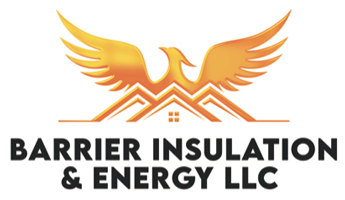
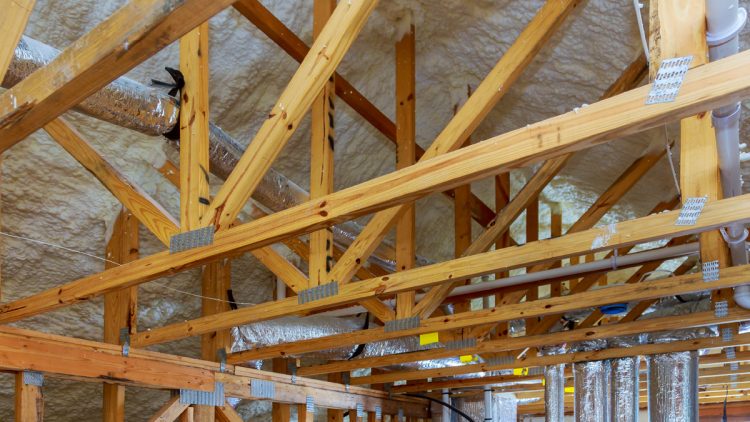
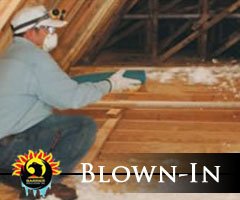 One of the better choices is blown in attic insulation. It is installed by techs that have a large hose and shoot the insulation into the attic. They have training to create an even, uniformly deep layer of insulation. This is done by using a large air driven machine that churns up the material into chunks and then blows them up the hose and into the attic.
One of the better choices is blown in attic insulation. It is installed by techs that have a large hose and shoot the insulation into the attic. They have training to create an even, uniformly deep layer of insulation. This is done by using a large air driven machine that churns up the material into chunks and then blows them up the hose and into the attic.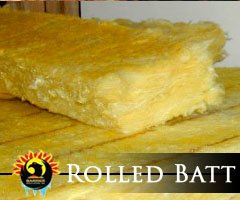 Batt attic insulation is pretty straight forward to install as it is rolls of material typically lined with a paper backing. They are made from interweaving fibers that are long and have adhesive qualities. This means they stick to each other and stick together as a grouping. Batt insulation is made from two source materials, cotton and fiberglass. Cotton batts are made from recycled denim jeans. Fiberglass batts are typically made from sand or recycled glass that is processed into the insulating strands and fibers.
Batt attic insulation is pretty straight forward to install as it is rolls of material typically lined with a paper backing. They are made from interweaving fibers that are long and have adhesive qualities. This means they stick to each other and stick together as a grouping. Batt insulation is made from two source materials, cotton and fiberglass. Cotton batts are made from recycled denim jeans. Fiberglass batts are typically made from sand or recycled glass that is processed into the insulating strands and fibers. One of the most energy efficient types of attic insulation is spray foam. It comes in two types that have pros and cons. There is open and closed cell spray insulation. A larger percentage of homes were built with the HVAC and duct system in the attic of the home. This means that if your insulation is sitting on the floor of your attic, your system is having to work harder. Moving the “envelope”, or area of your home that is climate controlled, to the roofline can greatly increase your energy efficiency. Spray foam allows this envelop to be at the roofline, and helps fill in all the areas that batt insulation can struggle with.
One of the most energy efficient types of attic insulation is spray foam. It comes in two types that have pros and cons. There is open and closed cell spray insulation. A larger percentage of homes were built with the HVAC and duct system in the attic of the home. This means that if your insulation is sitting on the floor of your attic, your system is having to work harder. Moving the “envelope”, or area of your home that is climate controlled, to the roofline can greatly increase your energy efficiency. Spray foam allows this envelop to be at the roofline, and helps fill in all the areas that batt insulation can struggle with.